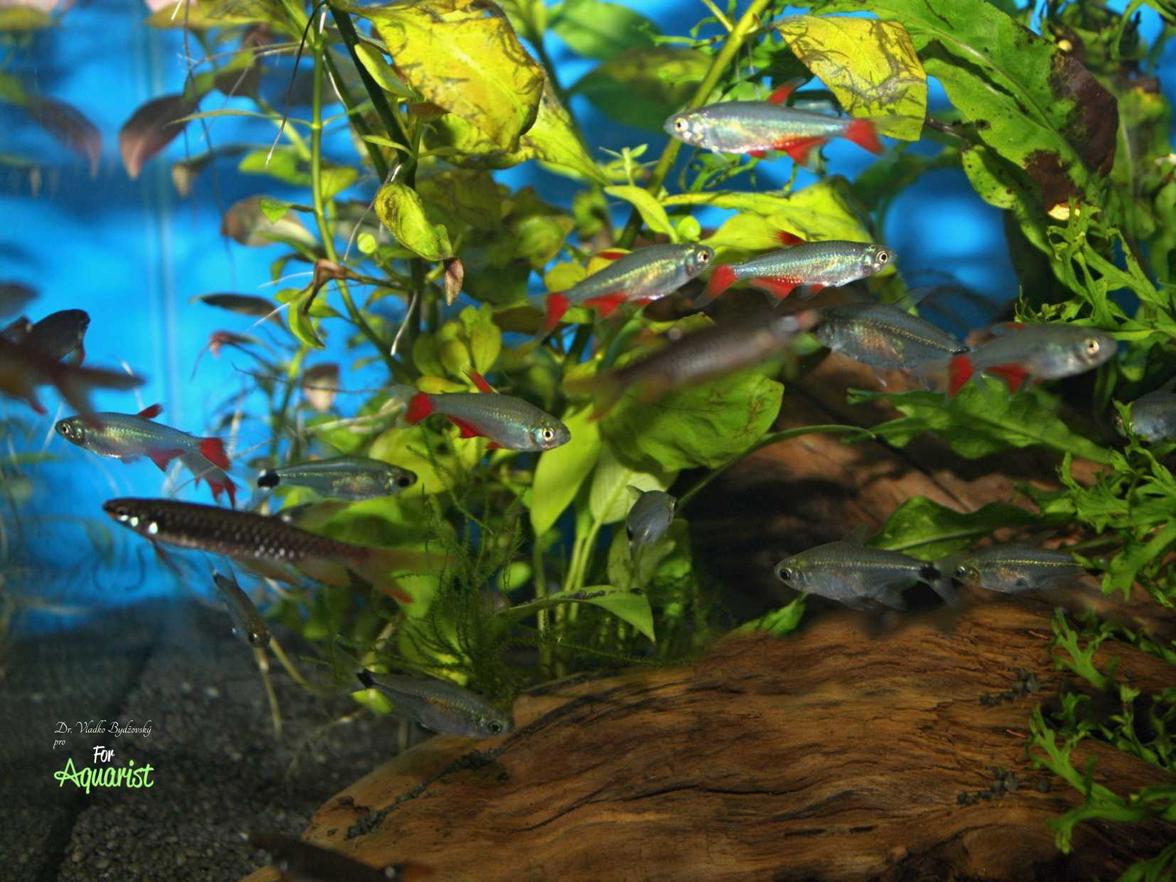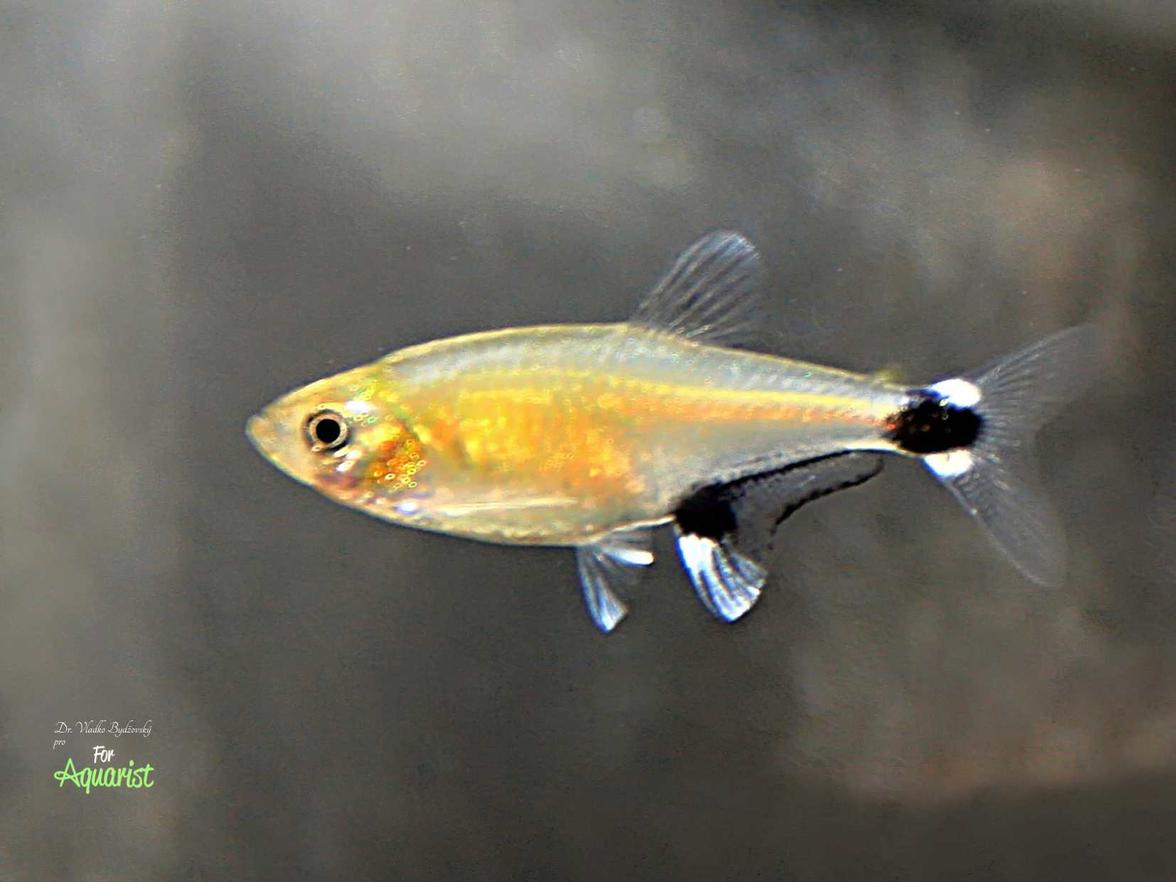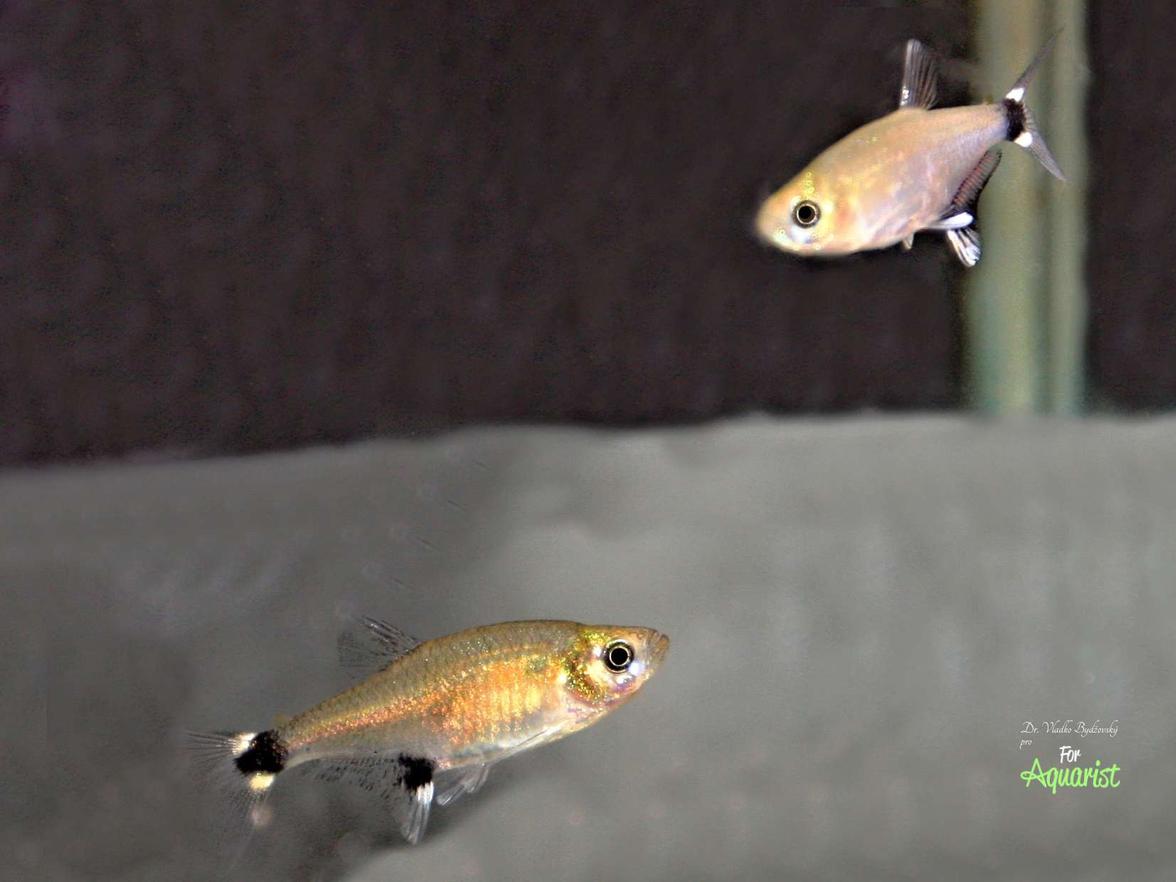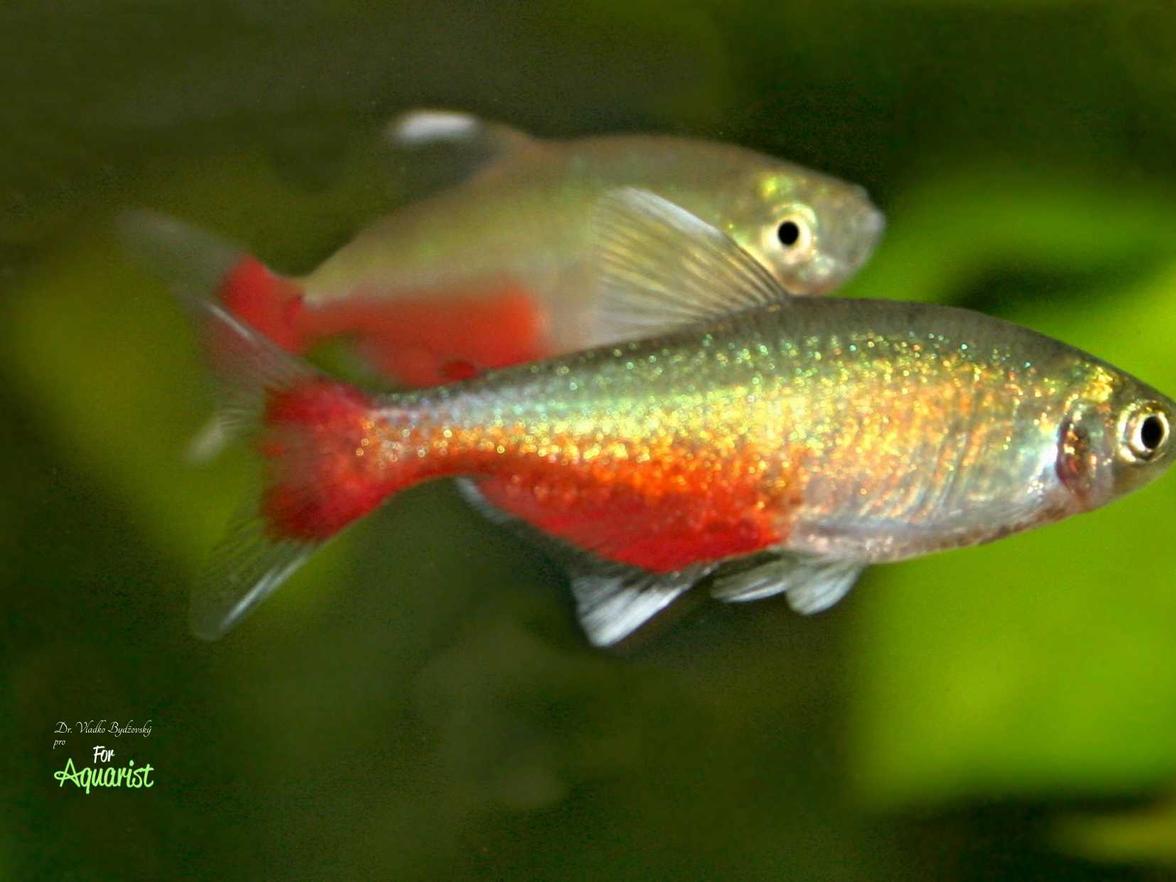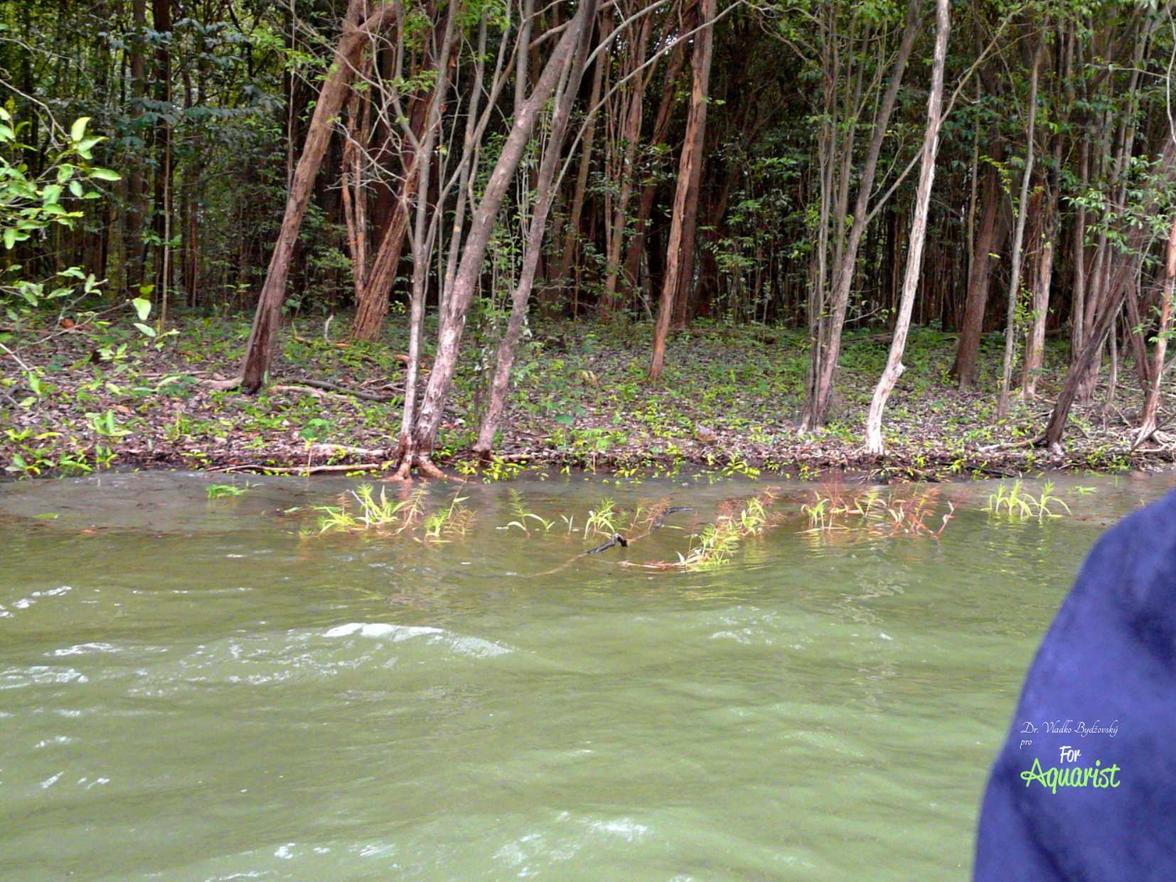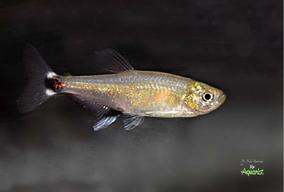Aphyocharax paraguayensis (Glowing tetra): A beautiful but temperamental aquarium ornament
Fish of the genus Aphyocharax are popular for their calm nature and beautiful coloration. However, the glowing tetra is an exception – it may nibble on the fins of other fish. Therefore, it is an ideal choice for species aquariums, where its beauty can fully shine. Keeping this fish is a great challenge for aquarists who want to focus on specific conditions, such as diet and water quality, that help mitigate its aggression.
Fish of the genus Aphyocharax belong to the colorful, interesting, calm, and peaceful species, quite resilient. Only the glow tetra has one unforgivable trait. Especially under certain circumstances, it likes to nibble on the fins of other species. Nevertheless, literature states that it is suitable for community aquariums! This is a mistake; we arrange species-specific aquariums for them, in which they stand out very well. Therefore, it is more suitable for those aquarists who want to try something new. The fish was also known by older names Aphyocharax nattereri or Hyphessobrycon eos.
Homeland
Glow tetras live in the areas of western Guyana, but also in Brazil, Bolivia, and Paraguay.
Breeding
Like other representatives of the genus , it is quite undemanding and resilient. Due to its unpleasant trait, however, we monitor pH and higher levels of nitrogenous substances in the water more carefully than, for example, with rubies or Rathbun tetras. Similarly to piranhas, poor parameters also cause greater aggressiveness in this species.
We also prefer more meaty food for this species, which often calms these fin nippers. We ideally maintain the water temperature in the tank at 24 °C and higher. A smaller to medium-sized aquarium well-planted with preferably dark fine sand is sufficient. They prefer good filtration with water flow in the aquarium. We always keep a shoal of 6-8 or more individuals. Then the fish stand out better. If we want to keep them with other fish, we prefer to choose catfish, loaches, or even South American cichlids.
Fry Raising
A 5-liter breeding tank with a dense plant cover on the bottom is sufficient, with the brown fern (Microsorum pteropus.) being one of my favorites.
The number of eggs varies depending on the size, age, and condition of the female, sometimes reaching several hundred. Like with rubies, the fry are very small with a relatively large yolk sac, making the first, i.e., starter food, a problem. We also recommend infusoria or, alternatively, brine shrimp. I know aquarists who have raised fry on Protogen granules. After about 2-4 days, we gradually switch to fine nauplii of brine shrimp (Artemia salina).
Images
- One of the rarer options is to keep glow tetras in community aquariums, here also with rubies (Aphyocharax anisiitsi) and stream tetras (Copella arnoldi).
- Male glow tetra.
- Young female.
- Male above courting a young female below in the picture.
- Rathbun tetra (Aphyocharax rathbuni) is probably the most difficult tetra to breed from the genus Aphyocharax.
- Like most tetras, the glow tetra lives in the shallow zones of rivers, where the water is both shallower and mainly has a lower current.
